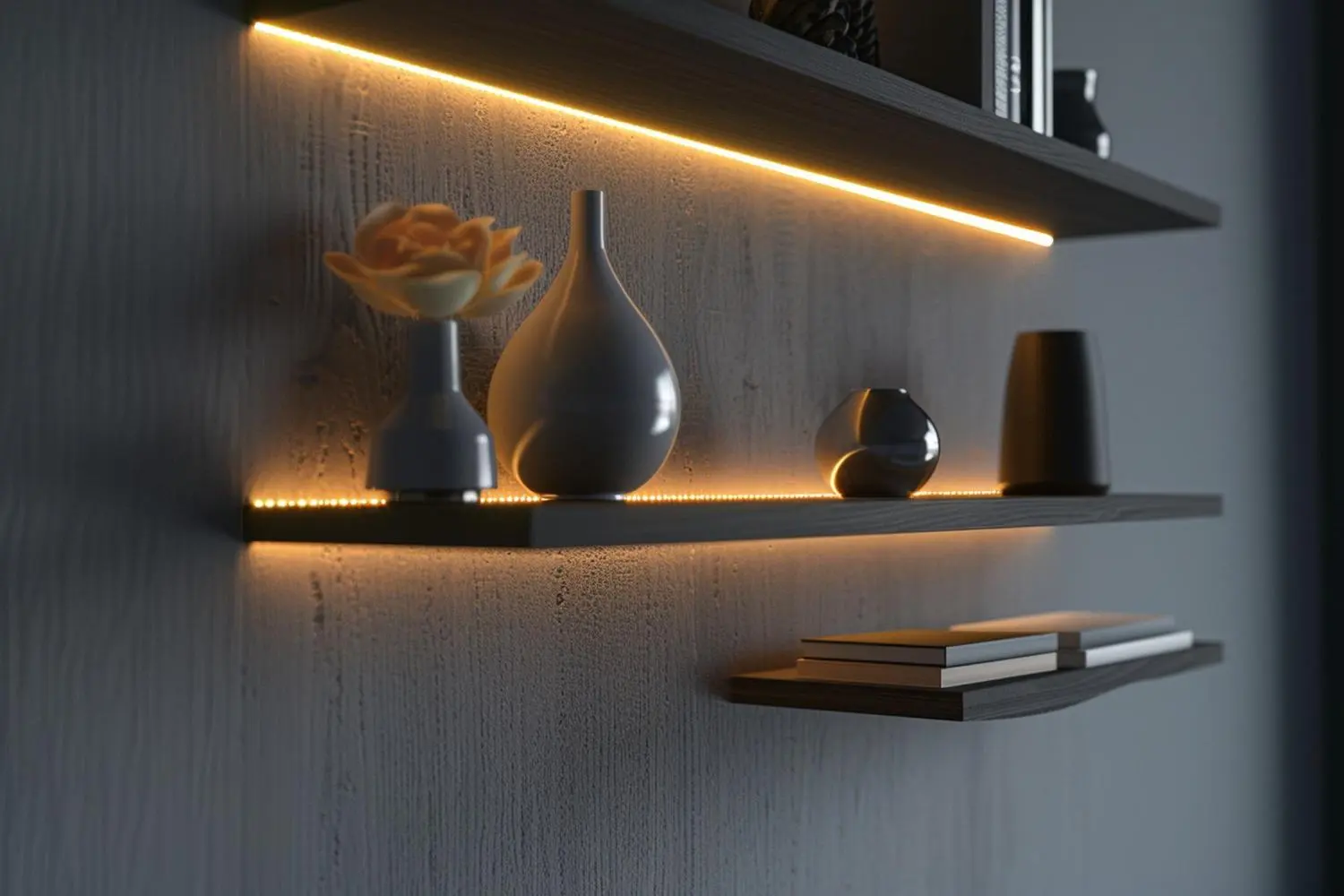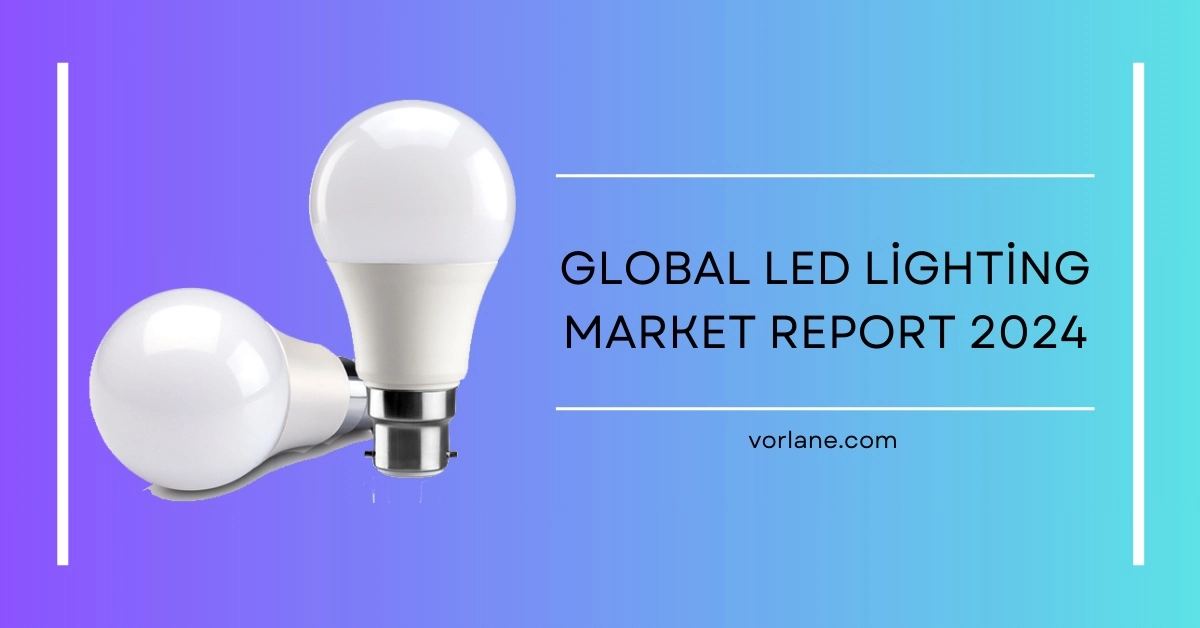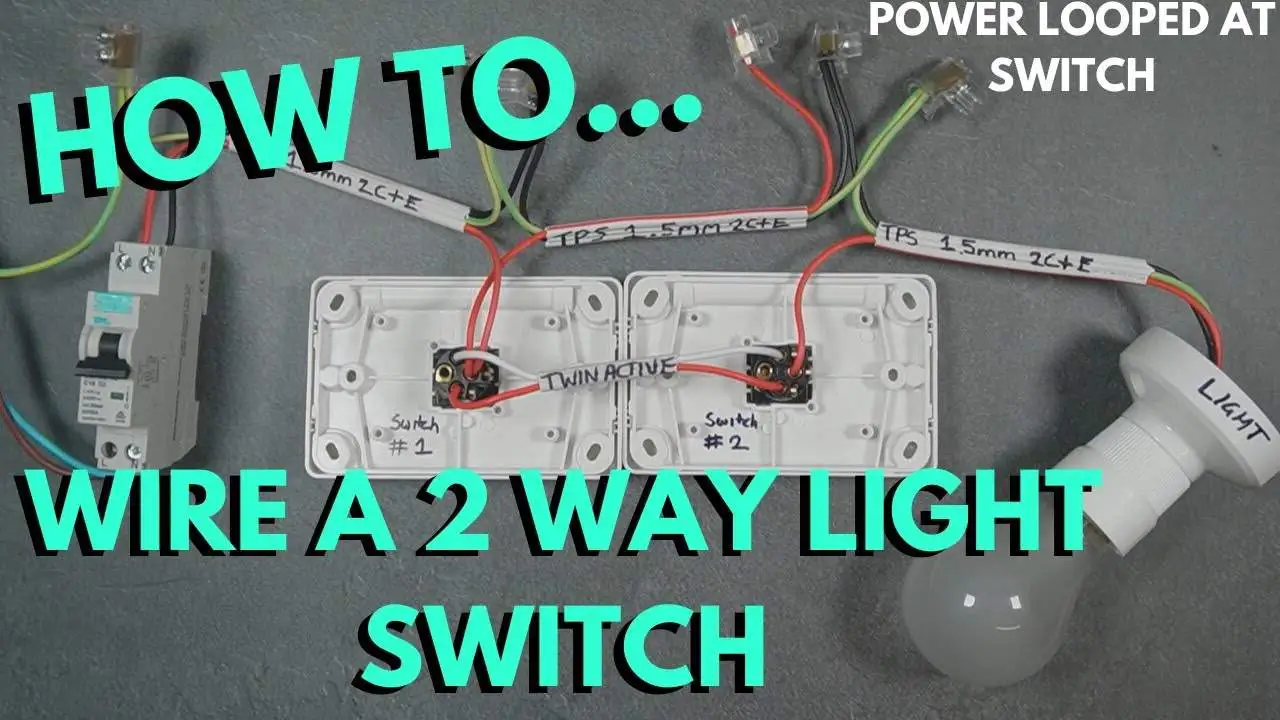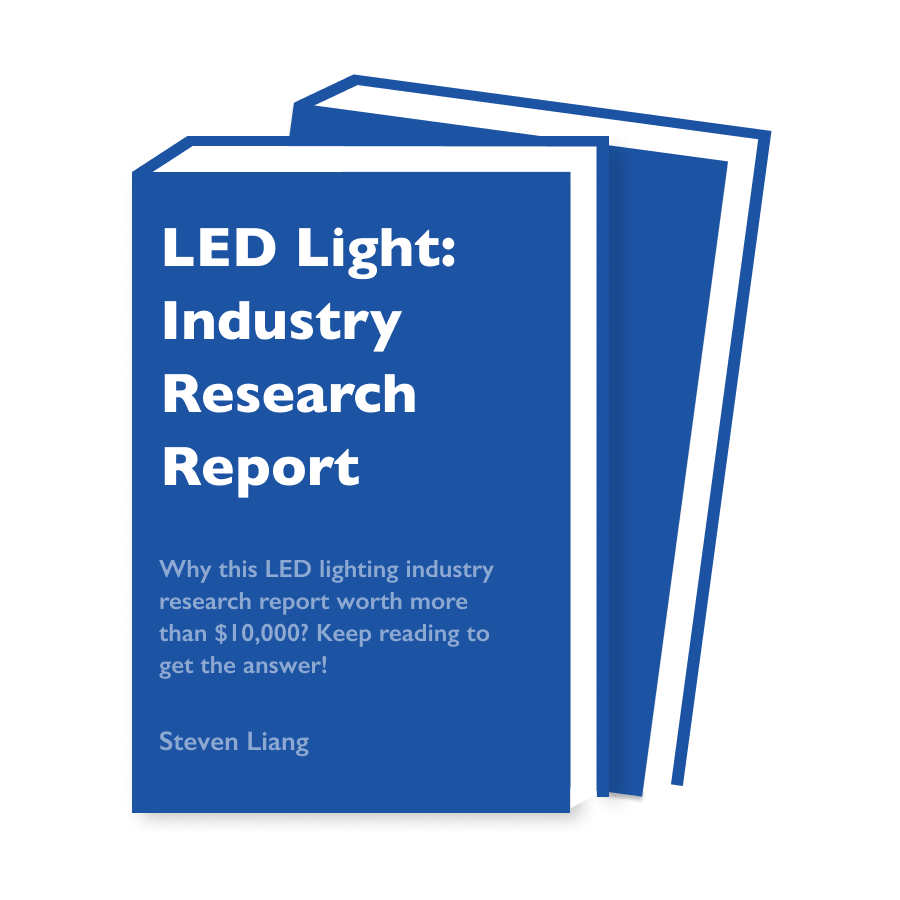
The Ultimate Guide to Built-In Shelf Lighting
Explore guide to built-in shelf lighting. Learn about LED strips, puck lights, recessed lights, tape lights, and their installation tips for perfect ambiance.
There is always one restaurant where you feel at home and you never want to go from there. Even though the food doesn’t taste that great, the ambiance makes you stay there forever. Studies indicate that it is mainly due to the restaurant lighting.
Lighting has a psychological effect on people. It has the ability to make your business rise and fall. Therefore, it is crucial to choose the right lighting for your restaurant.
You may have seen that fancy restaurants usually have very low lighting. This happens because they aim to provide a comfortable and cozy environment. Low brightness also reduces glare which usually gives you headaches and eye strain. Whereas, fast food restaurants need a much more lively environment which comes from bright lightning.
The best way to adjust the lighting in your restaurant is by using dimmable lights. You can increase the brightness of the day so that people will not have to struggle when they come inside the restaurant from sunlight. Same as dimming the brightness of light in the light to make the atmosphere more welcoming and comfortable.
Use the lighting of your restaurant to promote the identity of your brand. You can adjust light brightness, color, and temperature to create a personalized environment.
The identity of your brand is not just limited to the logo, name, or the cuisine you offer to your customers. The ambiance, the environment, and the vibe it offers are also important and represent your identity in front of customers.
For a vintage vibe, you can use less intense light. For a seafood restaurant, you can play with blue and green colors to give ocean vibes.
Color temperature enables you to make creative attempts with your lights. Warm tone lights provide a yellowish hue to its surroundings and make it comfortable. It suits perfectly well for taprooms, bars, and cafes.
Similarly, cool tone lights with natural color are suitable for breakfast cafes, coffee houses, and family restaurants. Apart from these lights, you can also benefit from natural daylight by installing big transparent windows.
The use of CRI bulbs would also be considered a wise choice for restaurants. It attracts the food color and makes them more appetizing and fresh.
Ambient lights have the ability to set the feel and mood of the place. With different lighting temperatures and colors, you can create such an amazing feel. For instance, various restaurants use tones of warmer, red, fancy chandeliers, and dim lights to create intimate vibes.
Lights do not only serve as an illuminated object. They are also used to enhance the architectural designs. Such lights are not accent lighting. These lights are specially installed under ceilings, walls, doors, windows, or even cabinets to make them prominent.
Spotlights, recessed lights, and wall washer fixtures work best to get accent lighting.
Task lighting refers to a design that mainly aims to light up certain tasks and work. In restaurants, task lights help light up bars, tables, kitchens, and salad bars. A good amount of task lighting is crucial for both staff and customers. Track lights are usually used for such purposes.
You must know the best ways to design restaurant lighting in the most attractive way. Let’s move on to finding the right light fixtures for your restaurant.
Lights have different types, sizes, and shapes. The most common traditional lights include compact fluorescent, metal halides, and halogen lights. But with the evolution of light-emitting diodes, LEDs come to the surface and attract the whole lighting market.
The traditional lighting options consumed a lot of energy and had limited adjusting features like color, temperature, and brightness adjustments. LEDs offer flexibility in all types of uses.
Recessed lights can easily be installed inside the ceiling. It has a compact fixture that can easily hide inside the ceiling. This makes the space more elegant and open. Moreover, it also spreads lights evenly throughout the space.
These light fixtures comprise track, linear, and spotlights that are used to directly place the light on a specific area. They serve as great task lights.
You can install these lights at a certain angle to directly point the light on space. Moreover, these overhead lights also create a bouncing light which makes the environment much more attractive.
Smart lights contain a controller and a driver at its back to control various lighting features. Smart lights comprise multiple temperatures, brightness, and color adjustment modes. You can also control the light through your phone app.
These smart lights can sync with AI assistants or music. They are an expensive investment but worth investing in for their amazing features.
The lighting designs for commercial kitchens or restaurants need to adhere to certain safety rules and standards. The IES and OSHA set these standards. Both of the companies provide businesses with some guidelines to follow while installing lights in their space.
It is important and necessary to follow these rules for the safety of both customers and employees. These lighting rules usually measure lux, lumens, or footcandles.
Most customers complain of difficulty in reading menus in certain restaurants. According to IES, a dining table must have a light of at least 3-6 fc. Well, OSHO recommends having 10fc lights for dining places. But if you really do not want to adhere to these lighting rules, ensure that overall light must go above 0.4 fc.
If the light standard provided by IES does not complement the ambiance of your restaurant, you can make some changes to it. Use light color or white tablecloths to reflect more light as compared to dark fabric.
Place overhead lights directly over the dining places. This way you can specifically achieve your goal of lighting up the dining space. Do not forget to use proper ambient light that goes well with overhead lights. This protects from making sharp shadows and even gives a lighting system.
Once you know about the amazing benefits of LEDs, you won’t stop yourself from switching to these cost-efficient lighting options.
LED lights consume 70% less energy as compared to traditional bulbs. LED bulbs generate less heat which makes these bulbs highly eco-friendly. A restaurant is a space where lights run continuously for hours or sometimes the whole day. So these lights are like heaven-made pie which help restaurant owners to save energy and money.
Various studies show that LEDs last much longer than traditional bulbs. They also withstand harsh weather. This significantly reduces the maintenance and replacement cost.
The energy rebate program of the USA offers discounts to restaurant owners on their electricity bills for using eco-friendly lighting options. So it would not be wrong to say that LEDs bring a lot of benefits to your whole business revenue.
Designing the restaurant lights is an easy process. You just need to understand the functionality of your place. This way you can light up your space with highly functional options.
The above-mentioned lighting design tips are beneficial for enhancing your space’s look and ambiance. The use of the right color, temperature, and fixtures brings a transformational change in the whole look of your restaurant. With some little changes and LED’s, you can turn your restaurant into an attractive place.
Vorlane has a number of qualified engineers and experts. We aim to help you in designing and installing the restaurant lightning. So, what are you waiting for? Visit our website and check out our services and quality LED products for commercial zones. Contact us for more details now.
The best type of lighting for a restaurant depends on its theme, ambiance, and the dining experience it aims to provide. However, a mix of lighting types is often used to create a welcoming and functional space. This can include:
Designing lighting for a restaurant involves several key steps:
The proper lighting in a food establishment should enhance the dining experience, ensure the safety and functionality of work areas, and contribute to the overall ambiance. It involves:
Restaurant lights can be categorized into several types based on their function and style:

Explore guide to built-in shelf lighting. Learn about LED strips, puck lights, recessed lights, tape lights, and their installation tips for perfect ambiance.

Explore the Global LED Lighting Market Report 2024 for insights on trends, growth drivers, and key players in the industry, including product segment and geographic

Learn how to wire a 2-way light switch effectively. This guide covers essential tools, step-by-step instructions, and safety measures for an installation.



 | This LED Industry Research Report Is Worth 10,000 Dollars!Want to get reliable industry data to support your LED business planning? In this report, you will:
*Submit your email to download this file. Your personal info will not be shared to any 3rd-party person or organizations. |
WhatsApp us
*We respect your confidentiality and all information are protected.